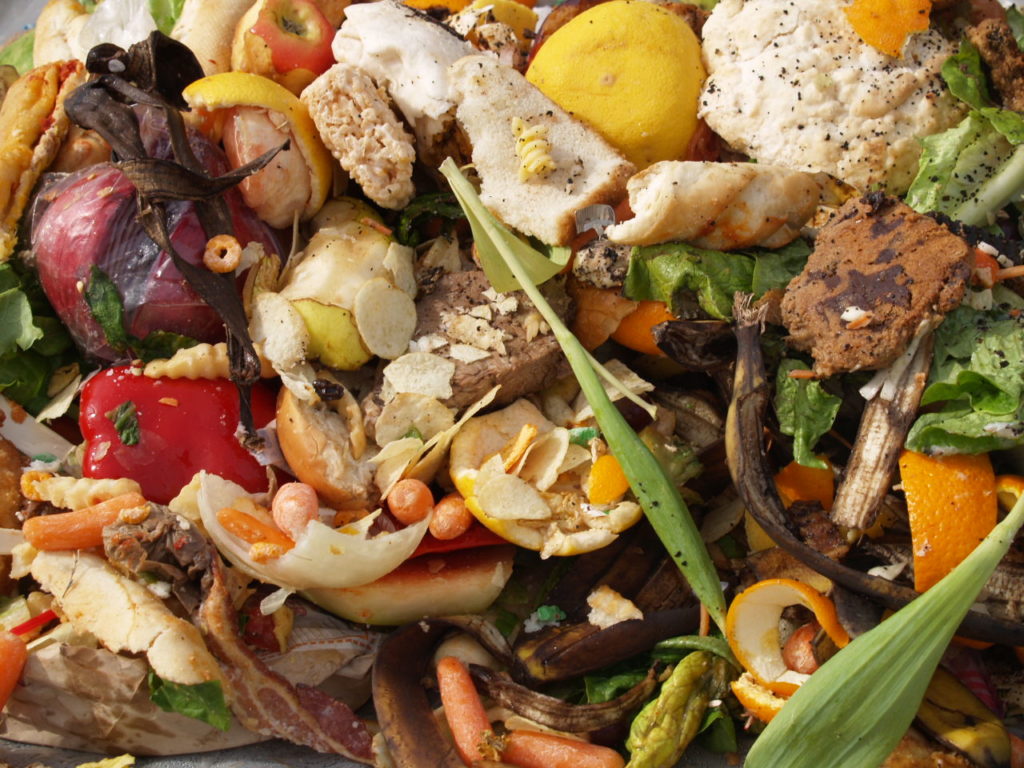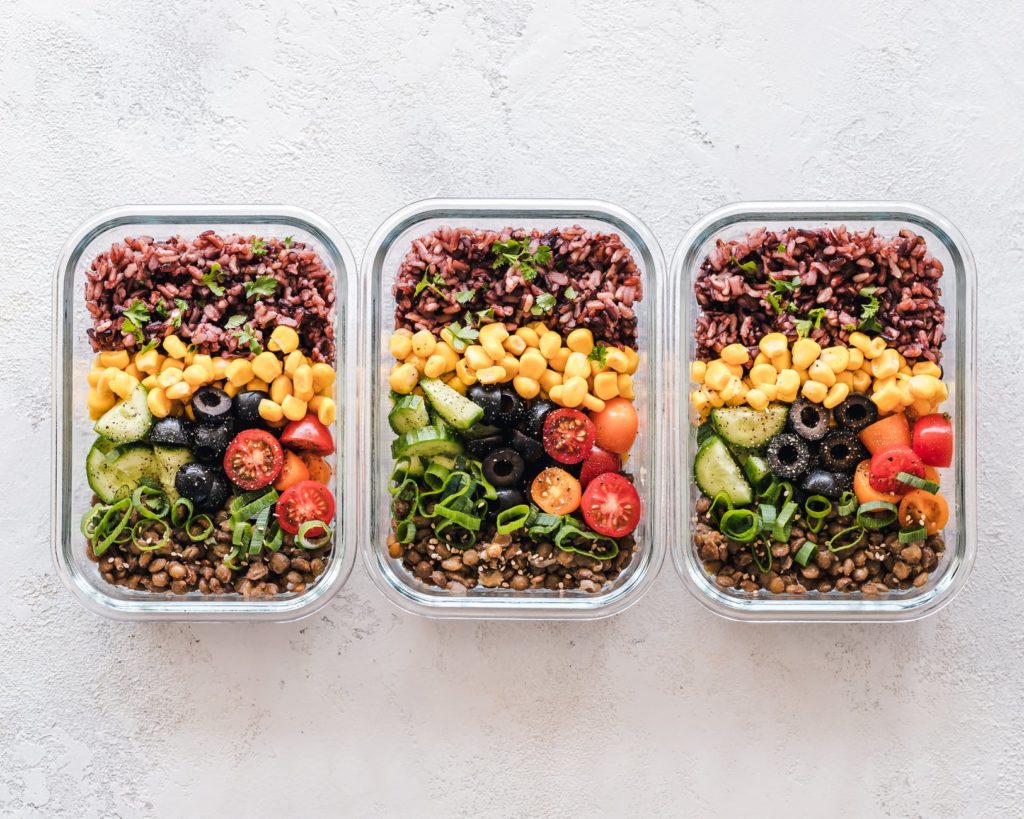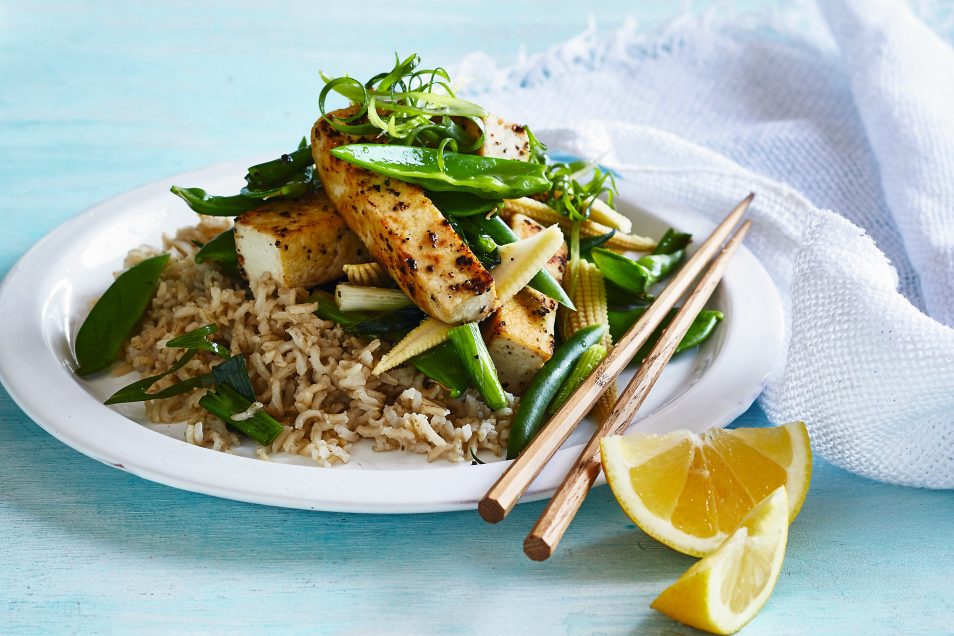
Australia wastes 4 million tonnes of food each year. This equates to 523 kg per household, which is the same weight as just over five average size fridges! Image: Flickr/Starr/CC
Protecting our environment and finding ways to reduce our use of earth-harming materials are hot topics right now. A lot of us are trying to do our bit by rejecting plastic straws, taking our reusable bags to the supermarket and becoming pros at separating recyclables from general waste. But we can do more.
How so? Well, cast your mind back to the last time you cleaned out your refrigerator and what you found, or more importantly what you threw out. How often do you find vegetables going a bit limp, slimy or worse still – growing white and green fuzz? How often do you throw away milk or yoghurt that has expired? Do you have jars of fancy ingredients that you only used once? How much bread goes stale and discarded instead of being used for toast? Between the food waste which occurs in the home, and the waste from manufacturers, retailers, growers and every other step along the food chain, it is estimated that 30-50 per cent of all food produced is thrown away.
Currently, the global food system is estimated to contribute 19-29 per cent of global greenhouse emissions, and account for about 70 per cent of global freshwater use. Food waste is, therefore, a big component in the environmental cost attributed to the food system.
It’s an important topic that we take on in our Protein Plus book.
So, how can you make a difference in your house?
We’re glad you asked because we have a few tips on how we can all help to reduce the environmental impact of the food system:
Minimise food waste
Avoiding food waste is a big thing we can all do.
You may snigger at your hyper-organised friends who have their weekly menu planned out with supermarket shopping list spreadsheet attached. But having a menu plan and shopping list helps to avoid buying unnecessary items at the supermarket that will just be thrown out. This will also save you money – win!
Our Protein Plus book has some great ideas on how to save time and money by cooking once to create three completely different meals. In the book we show you how to cook a Beef and Lentil Braise, then using that meal as a base you can create a Mexican Chilli and a Beef and Lentil Bake for later in the week. Preparing a batch of salad jars for work lunches is another great idea.

Meal prepping can significantly reduce your food waste, but also can make sure you don’t eat discretionary foods to up your protein count IMAGE: Ella Olsson
Make everything you eat count
What about those yummy ‘sometimes’ food and drinks? Cakes, biscuits, chips and alcohol are not only high in added, sugar, salt, saturated fats and low in healthy nutrients. Did you know they also contribute almost one-third of the total greenhouse gas emissions in the average Australian diet?
If we cut back on foods that provide very little nutritional value, we can have the double benefit in reducing our environmental impact and improving the quality of our diet.
Don’t eat more than your body needs
Fuelling our bodies is something we all do every day. However, startling statistics show that more than two-thirds of adult Australians are overweight, so it seems some of us are overfilling the tank too often.
Meals that are higher in protein have been shown to reduce our feelings of hunger, and boost fullness and satiation.
Research shows it is also important to make sure we are spreading out daily protein intake across the day, so having enough protein at breakfast, lunch, dinner has been shown to help with regulating our hunger.
We can all help reduce the environmental impact of the food system by:
- Consuming fewer discretionary (junk) foods
- Minimising our food waste with careful meal planning
- Not eating more than our body needs
Here is one of the protein-packed recipes from Our Protein Plus book:
Lemon pepper fried tofu
- Serves 4
- Preparation: 15 minutes, plus resting time
- Cooking: 15 minutes
- Difficulty: Easy

Lemon Pepper Fried Tofu
Ingredients
- ²⁄³ cup (140 g) brown basmati rice
- 2 cups (500 ml) salt-reduced vegetable stock
- 125 g baby corn, halved lengthways
- 200 g baby green beans, trimmed
- 150 g snow peas, trimmed
- 1 tablespoon sunflower oil
- 680 g firm tofu, sliced
- 1 tablespoon lemon pepper seasoning
- 6 spring onions, white and green parts cut into 4 cm lengthslemon wedges, to serve
Method
Combine the rice and stock in a medium saucepan over high heat and bring to the boil. Immediately reduce the temperature to the lowest possible setting on the smallest stovetop element, then cover and simmer very gently for 15 minutes or until just tender and all the stock has been absorbed. Place the baby corn on top of the rice in the pan, followed by the beans, then the snowpeas. Remove from the heat, cover and leave to stand for 5 minutes.
Meanwhile, heat the sunflower oil in a large, deep non-stick frying pan over high heat. Season the tofu slices on all sides with the lemon pepper seasoning, then fry in the oil for 1–2 minutes or until heated through, crisp and golden. Add the spring onion and cook, tossing gently, for 1 minute or until just wilted.
Divide the rice and vegetables among serving bowls. Top with the tofu mixture and serve with lemon wedges.

